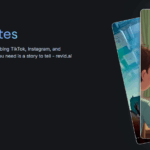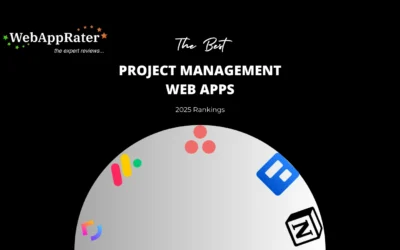Designing a video game implies a whole lot of work, from imagining characters, a plot, and all the tiny details in between. I’m not even talking about the programming part, which is downright exhausting. However, before even a single line of code is written, the developer of the game must have one thing clearly sorted out: the mission statement.
This article will cover the subject of mission statements in game development, teaching you what a mission statement is and what impact it has on the overall game development process.
Mission Statement Explained
The mission statement is basically a concentrated version of the game’s overall plot. A well written game mission statement should inform any reader what the game is about, how the story is planned out and what characters are involved. In order for a mission statement to be considered appropriate, it should be able to answer three essential questions about the game: what, when and how.
The answer to the first question should be a clear outline of the game’s plot. It doesn’t need to be thoroughly detailed, as a lot of plot details are usually added along the way, but just give a basic overview of the story. A second aspect the mission statement should clarify is the timeframe of the game. While in some cases this can be deducted from the main plot (for example a game with knights is obviously placed somewhere back a few centuries), specific dates are highly encouraged to help contour a more realistic overall synopsis. Last but not least, the last question that must be answered is “how”, which explains the way the game is intended to be played. Since games take place in a universe where everything is possible, nothing is implied by default, so the way the player must achieve the goal of the game needs to be clearly outlined. To follow the previous example, imagine that the action takes place in medieval times, but because of a weird twist in the plot, elements from the present and maybe even the future are also present.
Mission Statement in the Development Process
Once the mission statement is clearly defined, the actual development process can start. The mission statement plays a vital role during this process, acting as a guideline. Before an element is added, the developer must ask himself how the new element will interact with the mission statement; if the element will distort the statement, it shouldn’t be added. The same applies for elements that do not bring anything new to the table, as there’s no point in crowding the game unnecessarily.
Example of Mission Statements
The mission statements explained so far are the mission statements created by the developers for helping throughout the development process, but they do not necessarily need to be identical to the mission statements presented to the players. Usually the players are presented with significantly simpler mission statements, which do not necessarily meet the conditions explained above, but rather act as teasers, leaving it up to the imagination of the player to figure it out.
A good example in this manner is the mission statement of a very popular game – Assassin’s Creed; the public mission statement is simple: “You’re a blade in the crowd.” This doesn’t tell you much about the game directly, but once you play the game, you can understand what it actually meant – you’re a fierce assassin, yet no one suspects a thing, just like bringing a deadly weapon (a blade) into a crowd of unarmed people. The blade is also the indicator of the period the action takes place in.
Public mission statements are usually revealed along with the first trailers or teasers of a new game, and have two main purposes: to let the future players what the game is about, and to spark their interest in the game. A well created public mission statement can make the difference between a big hit and a total miss far before the actual game sees the light of day, so it’s of utter importance to get it absolutely right. Keep in mind that, while the mission statement for the development team can be simple and just contain the information in raw form, the mission statement for the public needs to be clever, mysterious and attractive.
This is the guest post by Jason Phillips and Train Games 365!


































